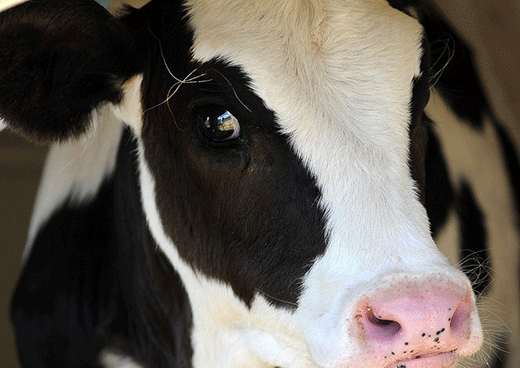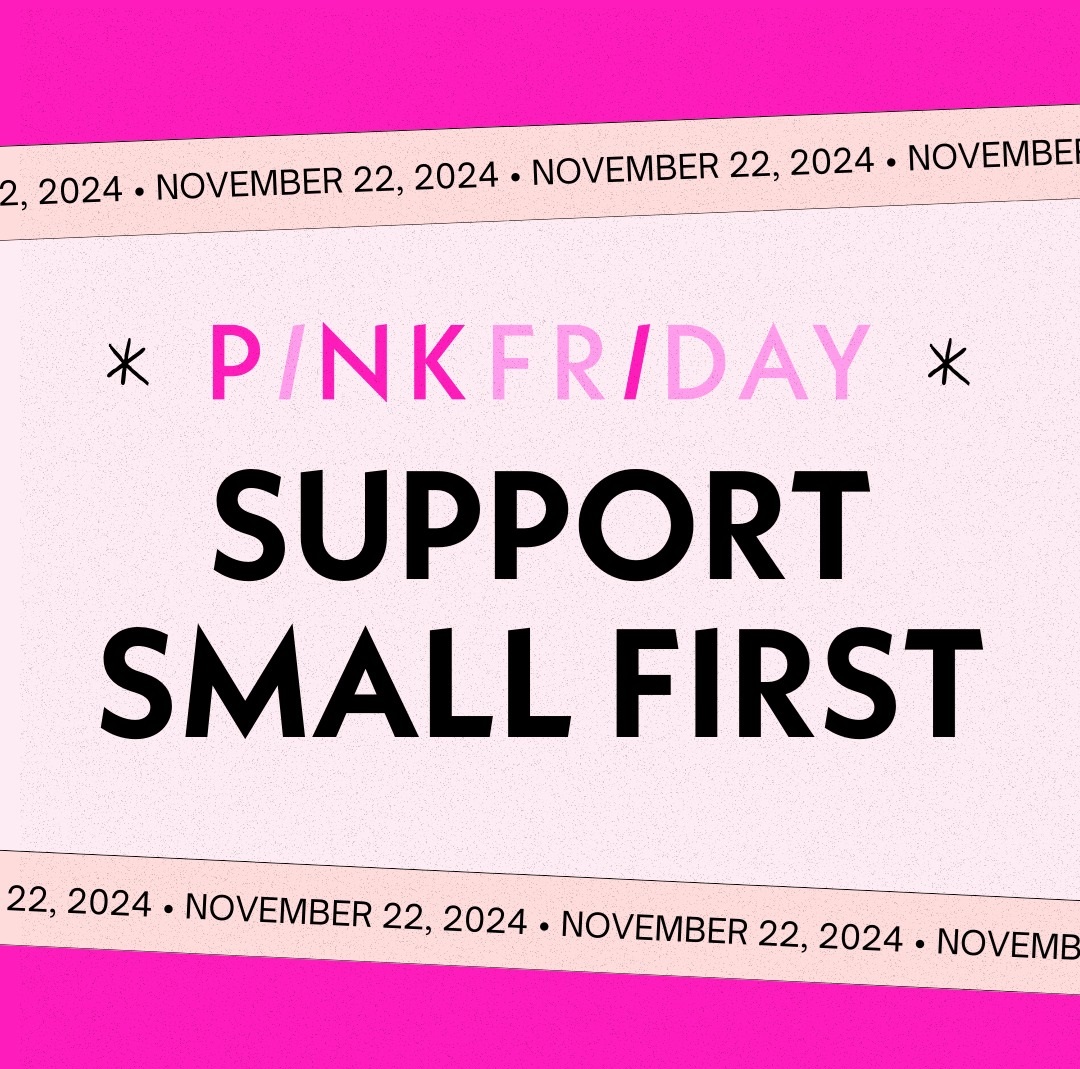As winter’s chill closes in, it’s reasonable to think that most of us will reach for a cozy blanket or heavy jacket. It turns out that’s pretty good advice for dairy calves, too, says Kansas State University dairy specialist Mike Brouk.
“When the temperature gets below 60 degrees Fahrenheit, calves start to experience cold stress,” Brouk said. “And when we get below 40 F, we really should be thinking about whether they should have a blanket on them for at least the first three weeks of their life.”
Brouk said blankets provide a small boost to newborn calves. Research has compared daily gains for animals using and not using a blanket for the first 21 days of life; one study showed a three-tenths pound average daily gain advantage and another indicated one-half pound advantage – or nearly 7 pounds over two weeks.
“That may not seem like a lot, but it’s pretty important when you think about how little those animals are actually gaining during that period,” Brouk said.
Studies also show that blankets increase calves’ body temperature by four-tenths of a degree.
“Here’s another thing that might get your attention,” Brouk said. “One study looked at (dairy calves) that were treated for cold stress versus those that were not treated. Of those animals wearing a blanket, only about 20% of the animals needed to be treated, compared to 70% of those not wearing a blanket that needed to be treated.”
Brouk said much of the research on providing blankets to newborn calves was done in the upper Midwest, in conditions colder than average temperatures in Kansas. Nonetheless, Kansas’ climate is cold enough that he’s urging dairy producers in the state to consider covering newborns with a blanket for the early part of their life.
“Beyond three weeks,” he said, “there’s not a lot of advantage to using the calf blanket.”
Typical calf blankets don’t cost much, but Brouk says producers need to launder the blankets after each use to avoid spreading bacteria between the animals.
More information on caring for dairy cattle is available online from K-State Research and Extension. Producers can also contact their local extension agent.



